The ongoing negotiations between India and the European Union (EU) for a Free Trade Agreement, formally referred to as the Broad-based Trade and Investment Agreement (BTIA), represent one of the most ambitious efforts to strengthen economic relations between the two partners. It originated in 2007; the talks were aimed at creating a comprehensive agreement covering trade in goods and services, investment, intellectual property rights, government procurement, and competition policy.
Despite multiple rounds of negotiations, progress has been uneven, primarily due to divergent economic priorities, regulatory approaches, and strategic interests. Nevertheless, the FTA remains a cornerstone of India’s trade diplomacy for reconciling developmental imperatives with global economic integration.
From a legal perspective, the India–EU FTA is subject to the same treaty law framework as other international agreements. Negotiations are guided by the Vienna Convention on the Law of Treaties (1969), and the eventual text, once adopted and ratified, would be governed by the principle of pacta sunt servanda.
Furthermore, the agreement must conform to WTO obligations, particularly Articles XXIV of GATT and V of GATS. For India and the EU, this means ensuring that the FTA liberalises “substantially all trade” in goods and provides meaningful market access in services.
One of the central challenges has been the asymmetry between India’s developing economy and the EU’s highly regulated single market. The EU has consistently pressed for deeper tariff cuts on industrial goods and greater access to India’s service and retail markets. India, however, has emphasised the need for flexibility in areas that directly affect its developmental objectives, such as agricultural subsidies, data protection rules, and the movement of natural persons.
These divergences illustrate the tensions between trade liberalisation and policy space for development, which is a recurring theme in North–South trade negotiations. This regulatory divergence highlights the intersection between trade law and broader governance issues, making the negotiations not merely economic but also political and normative in nature.
Impact Shorts
More ShortsIn addition to economic considerations, the India–EU FTA has significant geopolitical implications. For the EU, closer economic ties with India serve its strategy of diversifying supply chains and reducing dependency on China.
For India, an FTA with the EU would make it its largest trading partner and a key source of foreign direct investment that would enhance its global trade footprint and reinforce its aspiration to act as a “rule-maker” in international economic governance. The negotiations, therefore, go beyond tariff schedules and market access, touching upon the evolving balance of power in the fragmented international order.
The slow pace of negotiations underscores the complexity of balancing ambition with pragmatism. The talks stalled in 2013 due to disagreements over market access but were revived in 2022 amid shifting global dynamics, including supply chain disruptions from the Covid-19 pandemic, the Russia–Ukraine war, and the growing salience of economic security in both Indian and European policymaking. Current discussions are marked by a renewed emphasis on sustainable development, digital trade, and resilient supply chains, reflecting the changing priorities of international trade law in the twenty-first century.
From a treaty law perspective, the India–EU FTA exemplifies the life cycle of modern trade agreements. Negotiations involve the exchange of proposals, legal drafting, and consensus building, as envisaged under Article 7 of the Vienna Convention on the Law of Treaties (VCLT). Once consensus is reached, the draft text will require signature and ratification by both India and the EU institutions, thereby formalising their consent to be bound by the same.
The EU’s internal processes, which involve both the European Parliament and national parliaments in certain areas, add an additional layer of complexity. Similarly, India will need to navigate domestic political considerations, particularly in relation to sensitive sectors such as agriculture and pharmaceuticals.
Ultimately, the India–EU FTA illustrates both the promise and the difficulty of using FTAs as instruments of international economic governance. If successfully concluded, it would not only deepen bilateral trade and investment but also set a precedent for India’s engagement with other advanced economies, such as Canada, and Australia. Legally, it would reaffirm the role of treaties in structuring economic relations under international law, while politically, it would demonstrate the potential of trade diplomacy to advance broader strategic objectives.
Abhinav Mehrotra and Biswanath Gupta are associate professors at OP Jindal Global University. The views expressed in the above piece are personal and solely those of the authors. They do not necessarily reflect Firstpost’s views.


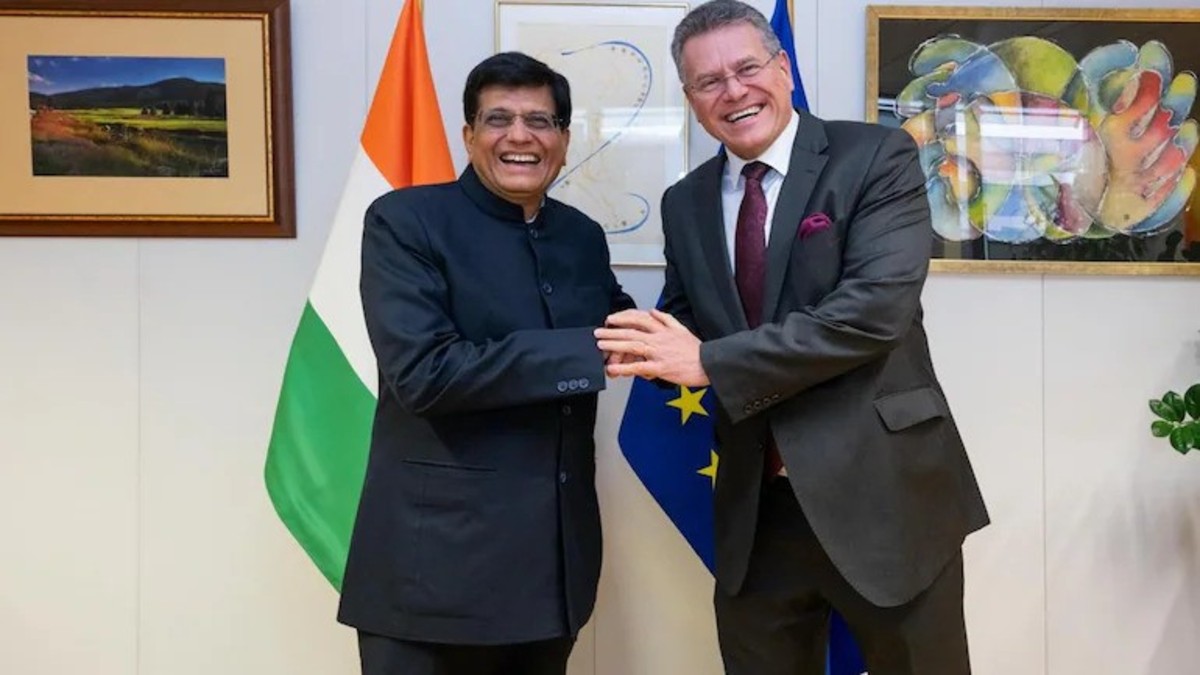)
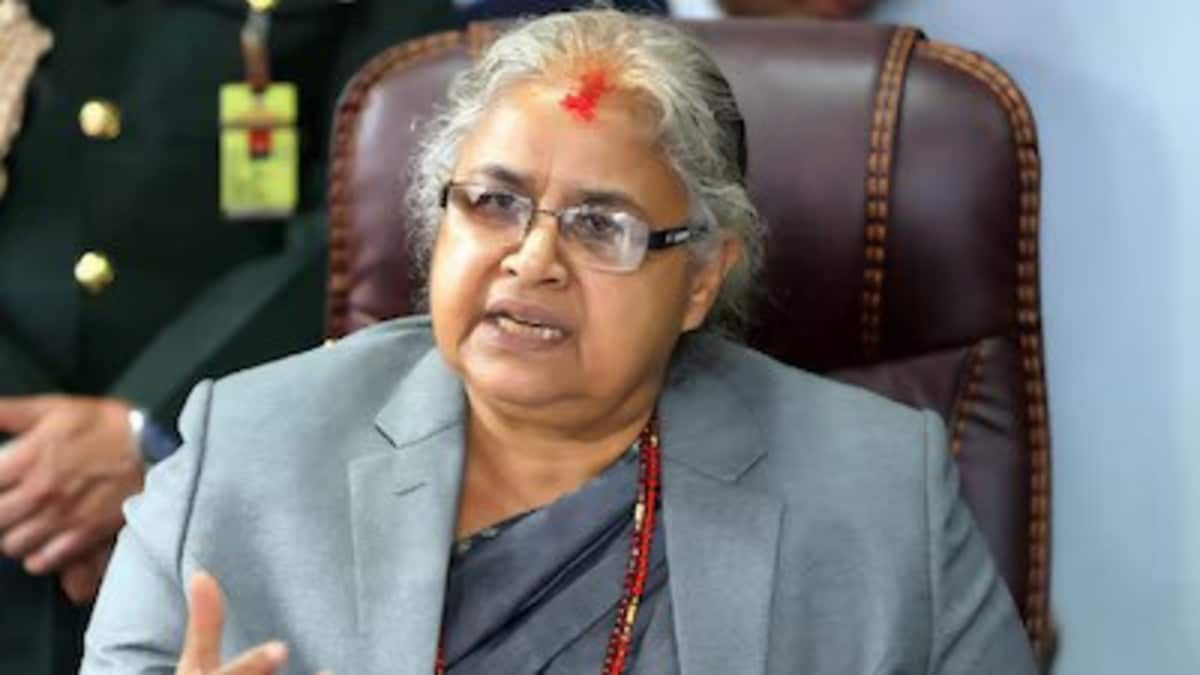
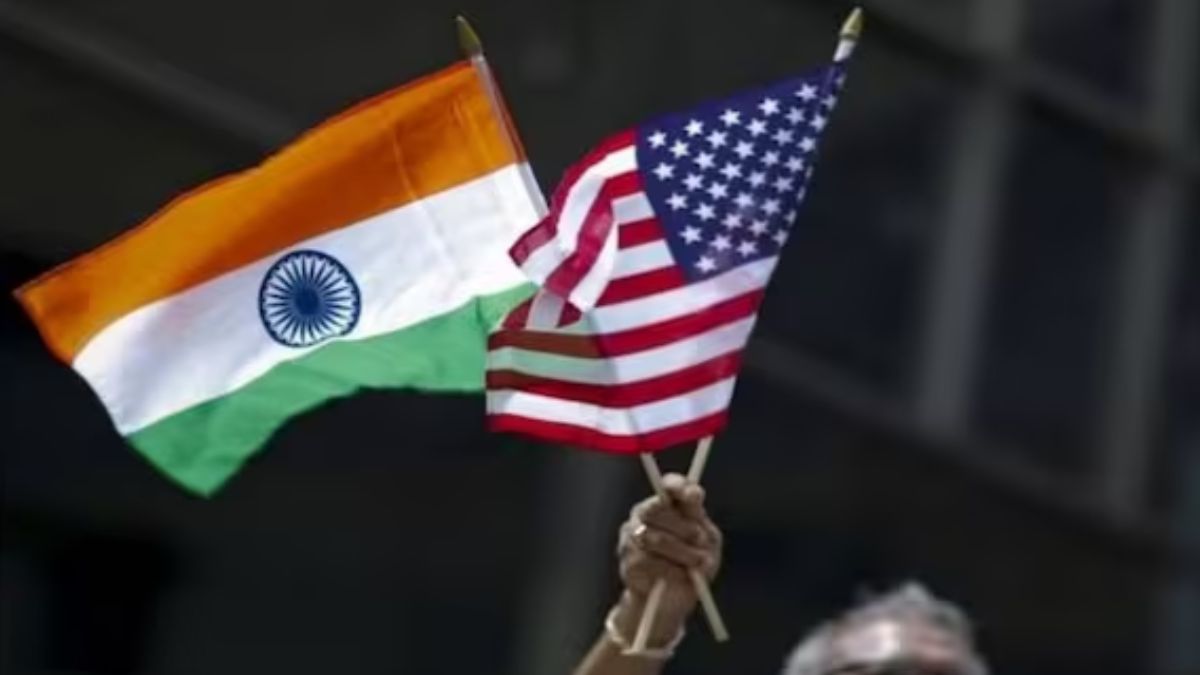)
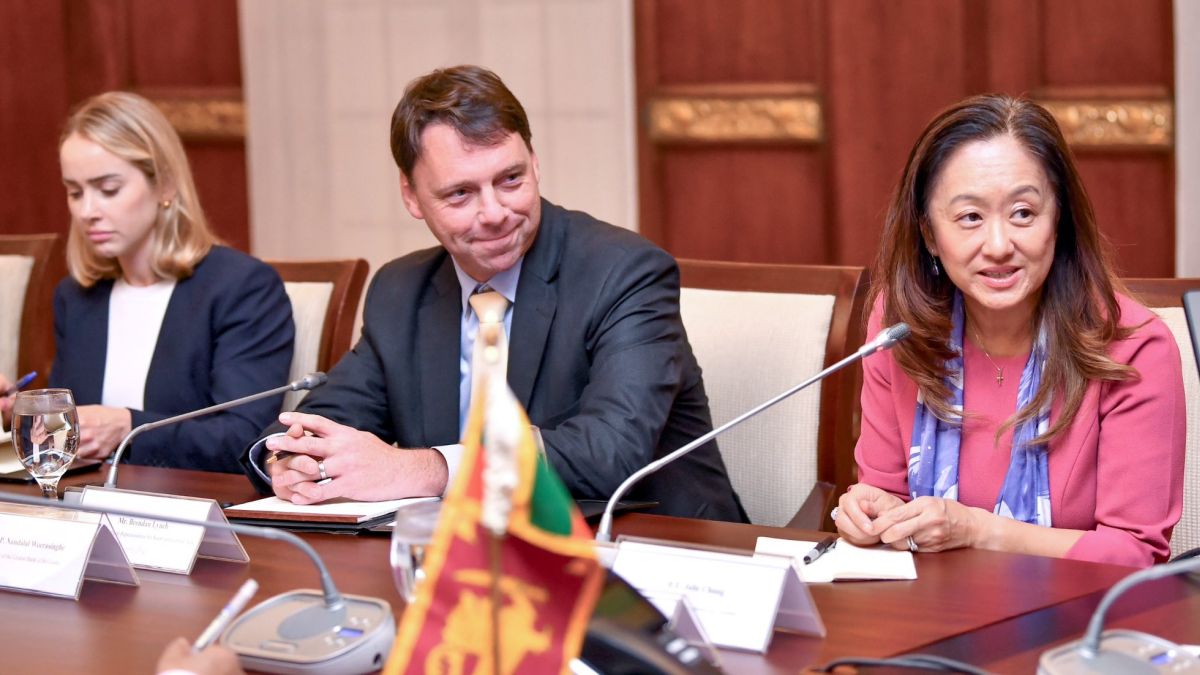)
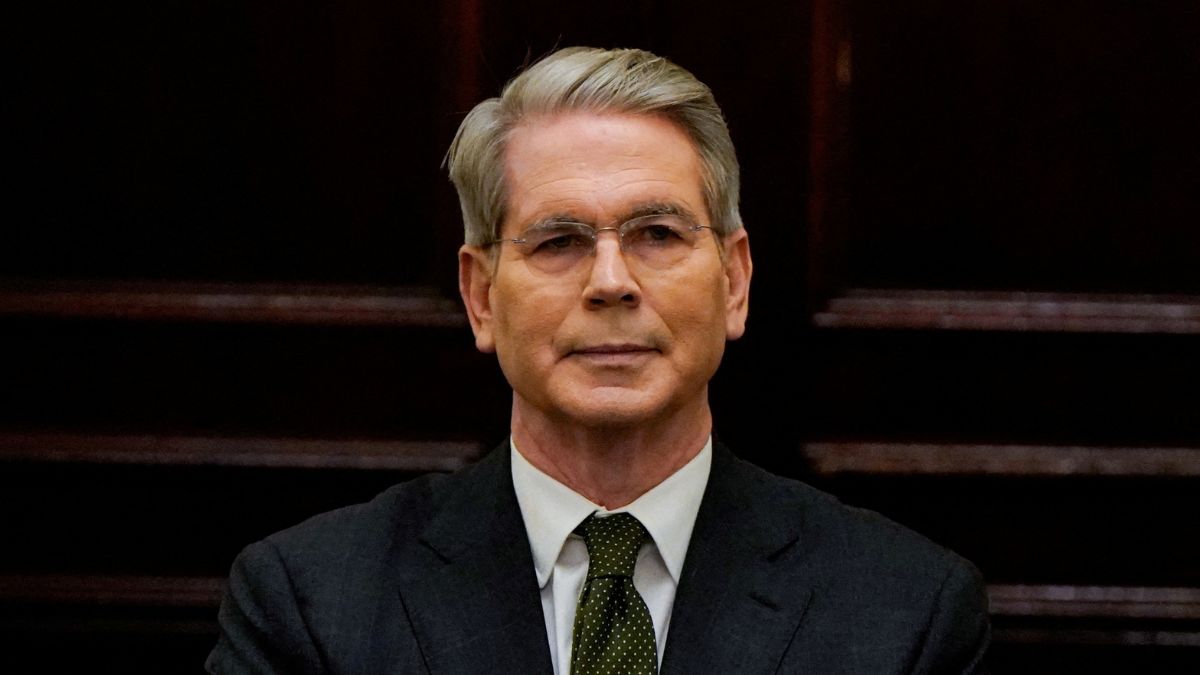)
)
)
)
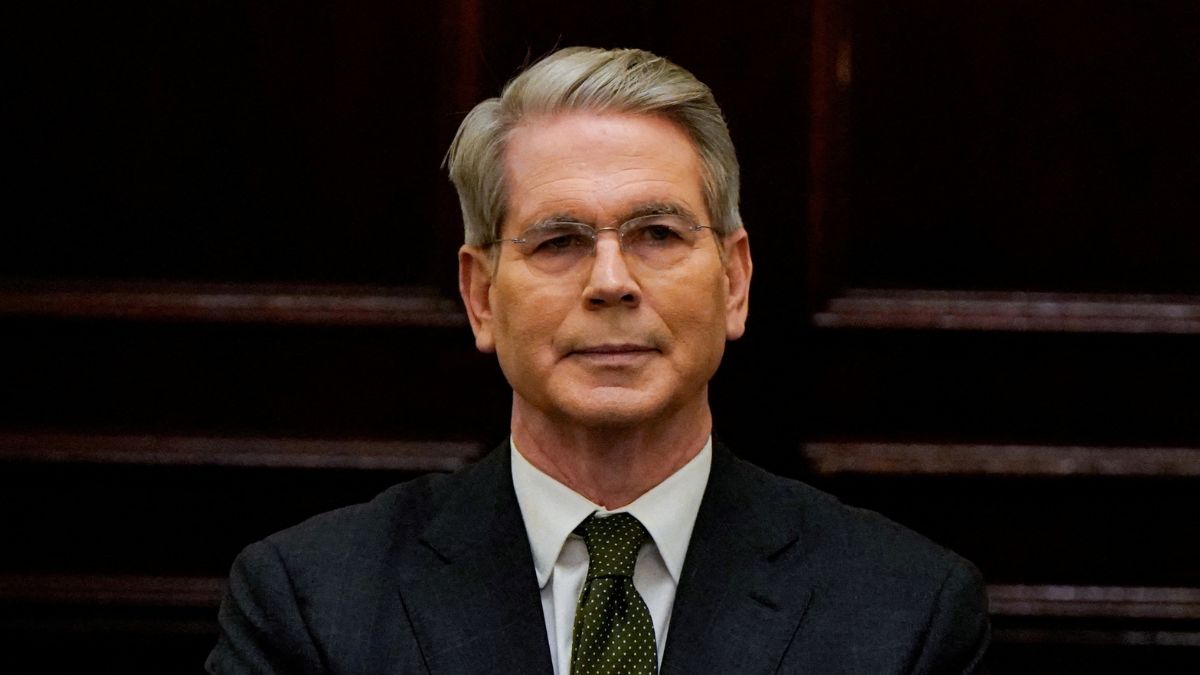)
)



